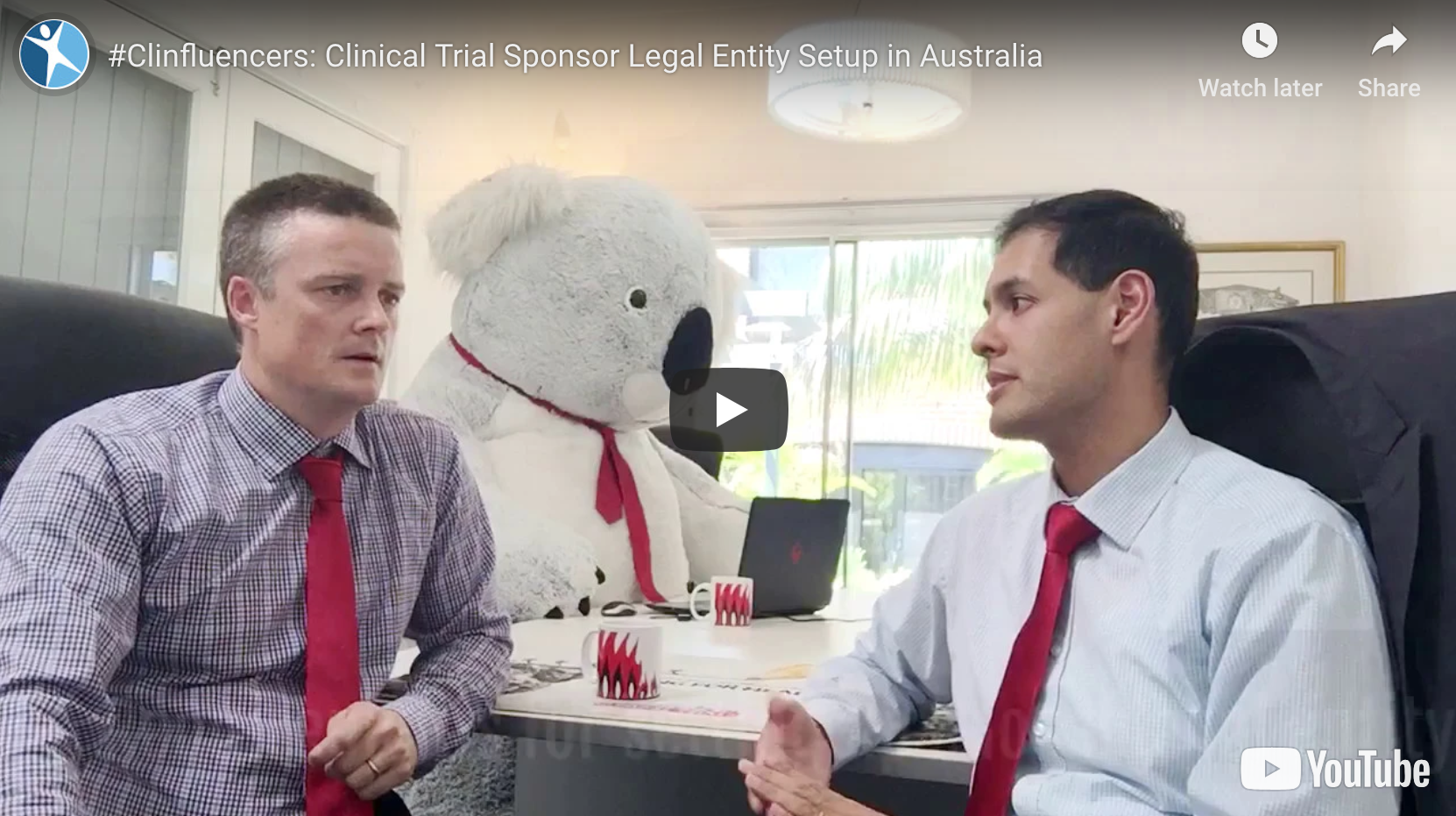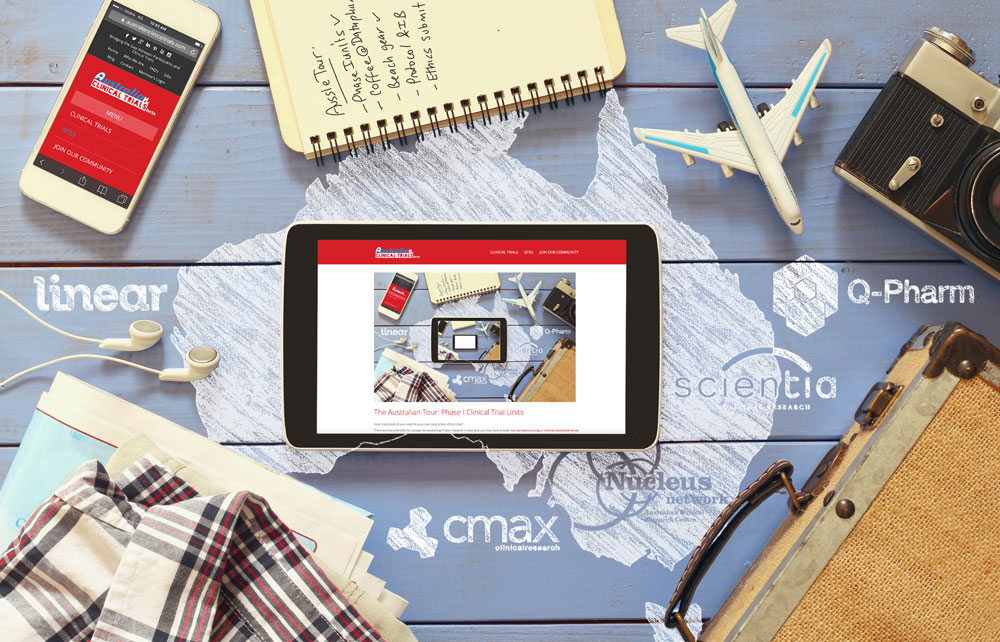Taking Advantage of Australia’s R&D Tax Incentive
Australia is one of the best places to run clinical trials – even for biotech companies based overseas. In the first of the #clinfluencers series, we explore Australia’s R&D tax incentive through this video and the accompanying blog. For those that don’t know, the Australian Government is offering a 43.5% tax credit for expenses incurred during R&D research in Australia. This is a very generous amount, especially compared with other countries like the USA which only offer around 6%. If your company and R&D activities are eligible, a tax credit of 43.5% means that for every 100,000 AUD spent, you would receive 43,500 AUD back. Overseas companies can be looking at even more due to the exchange rates between the USD and the AUD. In this blog and video, we’ll be looking at the requirements that you need to cover in order to be eligible for this credit.
Research Requirements
There are several key requirements that biotech companies conducting R&D in Australia must fulfil. Most companies easily fulfil the requirements imposed on them regarding the research being conducted, especially if you are conducting Phase I, II or III research. Even Phase IV research can sometimes fulfil this criteria, so it is important to be aware of what these are. First and foremost, it goes without saying that the research must be conducted (in part) in Australia. Aside from trials run entirely in Australia, multi-center validation of your product is one example of a trial that is run partially in Australia, but is still eligible for the tax credit. Any expenses that are incurred as part of carrying out research in Australia may qualify, as long as you meet these requirements.
For core R&D activities, your clinical trials must be run with the purpose of generating new knowledge about the therapy you are investigating. The knowledge that is being sought should only be discoverable through running a clinical trial, and cannot be determined in advance or by any other method. This should be your trial’s primary purpose. The trial design you decide on must be based on established science and follow the scientific method, from hypothesis to experimental design, data collected and analysis, and finally forming a conclusion. If you are a running a clinical trial, it most likely fulfils these requirements.
You may also be eligible for the tax credit if you are undertaking a supportive R&D activity, which is an activity that is directly related to core R&D activities that has a supportive function. This may include drug production or service provision. The primary core activity must still fulfil the requirements stated above in order to make a claim on the supportive activity.
Company Requirements
The entity running the research must also fulfil several requirements to be eligible for the tax benefit. Your company must have a global turnover of 20m AUD or less. Take care when assessing this, as current exchange rates could affect whether you meet or exceed this requirement.
Furthermore, you must have a legal entity within Australia to be eligible, and conduct the R&D activity through this entity – this means hiring staff and employees, engaging contractors, and so forth. A subsidiary company is ideal for this purpose, as the setup process in Australia is extremely efficient – you could have an Australian entity within 48 hours! An alternative to setting up a legal entity is for an Australian Contract Research Organisation (CRO) to take on legal responsibility for your company if you are based overseas. However, as the Australian Government is simply interested in whether the R&D is conducted in Australia, establishing a subsidiary company may be the quicker option.
Other Considerations
When choosing a CRO in Australia, whether to help you run your study or to be your legal entity, ensure they are a registered Research Service Provider (RSP) with AusIndustry. Being an RSP indicates that the CRO is able to meet the requirements which the Australian Government requires. In addition, the Australian government prefers that research to be done by RSPs, as they are considered less risky. Any CRO that is an RSP is held to a certain standard of research and also has a level of experience in supporting R&D activities within Australia, meaning that you can be confident choosing an RSP as your CRO. Furthermore, if you are unfamiliar with Australian law, dealing with an RSP will be beneficial as they can guide and advise you on how to best approach doing research in Australia.
If you want to take advantage of the R&D tax credit, ensure this is planned in advance for your clinical trial. It is important that you account for the time it will take to get your project up and running in Australia. In addition to this, when submitting your claim, you must wait until the end of the Australian financial year (June 30), and it may take up to 3 months after that to get your refund. A prospective outlook is the key here in order to keep track of cost estimates surrounding your clinical trial.
If you haven’t already, make sure to check out the first #clinfluencers video on Australia’s R&D tax incentive. For anyone interested in doing research in Australia, get in touch with Swanson Reed or Datapharm Australia.
Disclaimer: The advice given here is general in nature only, and is not intended to be legal advice. Before acting on this information, seek professional advice specific to your current situation.


